By Michael Haskew
Known as the “bravest of the brave” to the soldiers of the French Army, Marshal Ney was one of the original 18 Marshals of the French Empire. His earlier service to Napoleon Bonaparte had been exceptional, but initially during the epic 100 days Ney professed loyalty to King Louis XVIII and promised to bring Napoleon back to Paris in an iron cage.
When Napoleon was made aware of Ney’s pledge, he sent a message to his former lieutenant that reminded Ney of past glories at the emperor’s side. It was enough to persuade Ney to abandon the king and rejoin Napoleon.
At the Battle of Waterloo on June 18, 1815, Ney commanded the left wing of Napoleon’s Army. After the failure of the early French assaults on the Duke of Wellington’s center, Ney gathered two brigades of infantry at about 3:30 PM and renewed the attack on the farmstead of La Haye Sainte. Although his troops were beaten back, Ney observed what he believed to be substantial numbers of British soldiers in retreat. While this was actually the evacuation of wounded men, Ney was convinced that a great opportunity was at hand. He mustered a brigade of cuirassiers and two divisions of cavalry, and within half an hour the French horsemen, 5,000 strong, were ordered to charge Wellington’s line along a front of fewer than 1,000 yards.
Striking His Sword Against British Cannon
British artillery blasted gaps among the onrushing French cavalrymen, and the British infantry formed squares to repel the assault. Most of Wellington’s artillerymen serviced their weapons until the last possible moment before retiring to the relative safety of the infantry squares. The French horsemen thundered up the slope of the Mont-Saint-Jean Ridge and swept over the crest. Instead of finding an enemy in retreat, however, they were greeted with volleys of rifle fire from the British infantry. Staggered, the French cavalrymen fell back to the foot of the ridge, their horses spent along with the momentum of the charge. They regrouped and tried again, but the piecemeal attack was repulsed. At one point during the ebb and flow of battle, Ney, who had four horses shot from beneath him that day, was seen striking his sword against a British cannon in bitter frustration.
Half the French cavalry reserve was lost, but Napoleon sent additional mounted troops to assist Ney. The number of French horsemen engaged swelled to nearly 10,000, and at approximately 5 PM another charge on a narrow 500-yard front was beaten back by the British artillerymen, who had returned to their guns. The French cavalry rallied and assaulted the British artillery positions and infantry squares at least seven times, and each time they were repulsed. More than a division of French infantry entered the fray by 6 PM, and Ney personally led these foot soldiers against the Allied center. This attack, however, fared no better.
One Last Bid For Victory
Napoleon refused to concede the effort and ordered Ney to capture La Haye Sainte, which the defenders, primarily soldiers of the 2nd Battalion of the King’s German Legion, had held throughout the day. The French surrounded the farmhouse and managed to capture the key position. Ney pleaded for reinforcements to exploit this significant gain, but Napoleon refused. Finally aware that the oncoming Prussians posed a great threat to his right flank and rear, Napoleon did send troops to bolster those sectors. At the same time, Wellington exerted great command presence, encouraging his soldiers and repositioning units to buttress his imperiled line while more Prussian troops came up to strengthen his left flank.
As Napoleon surveyed the battlefield, he realized that events were rapidly slipping from his control. One last bid for victory lay with his finest troops – the Old Guard – and he sent them forward.
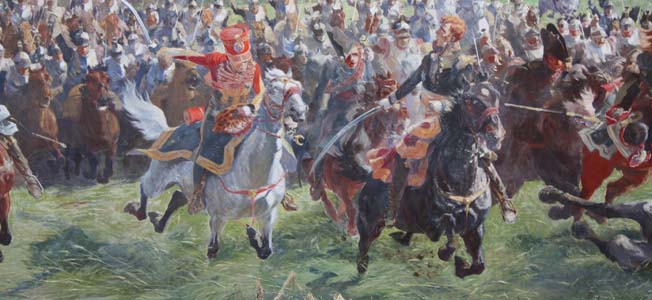
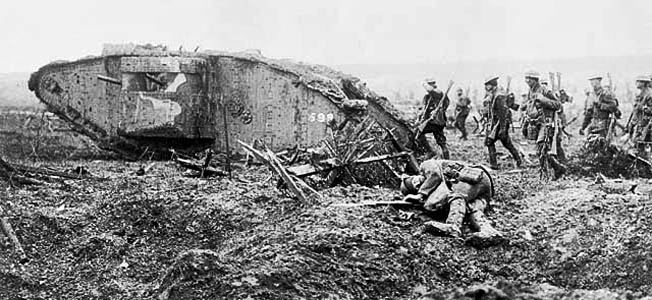
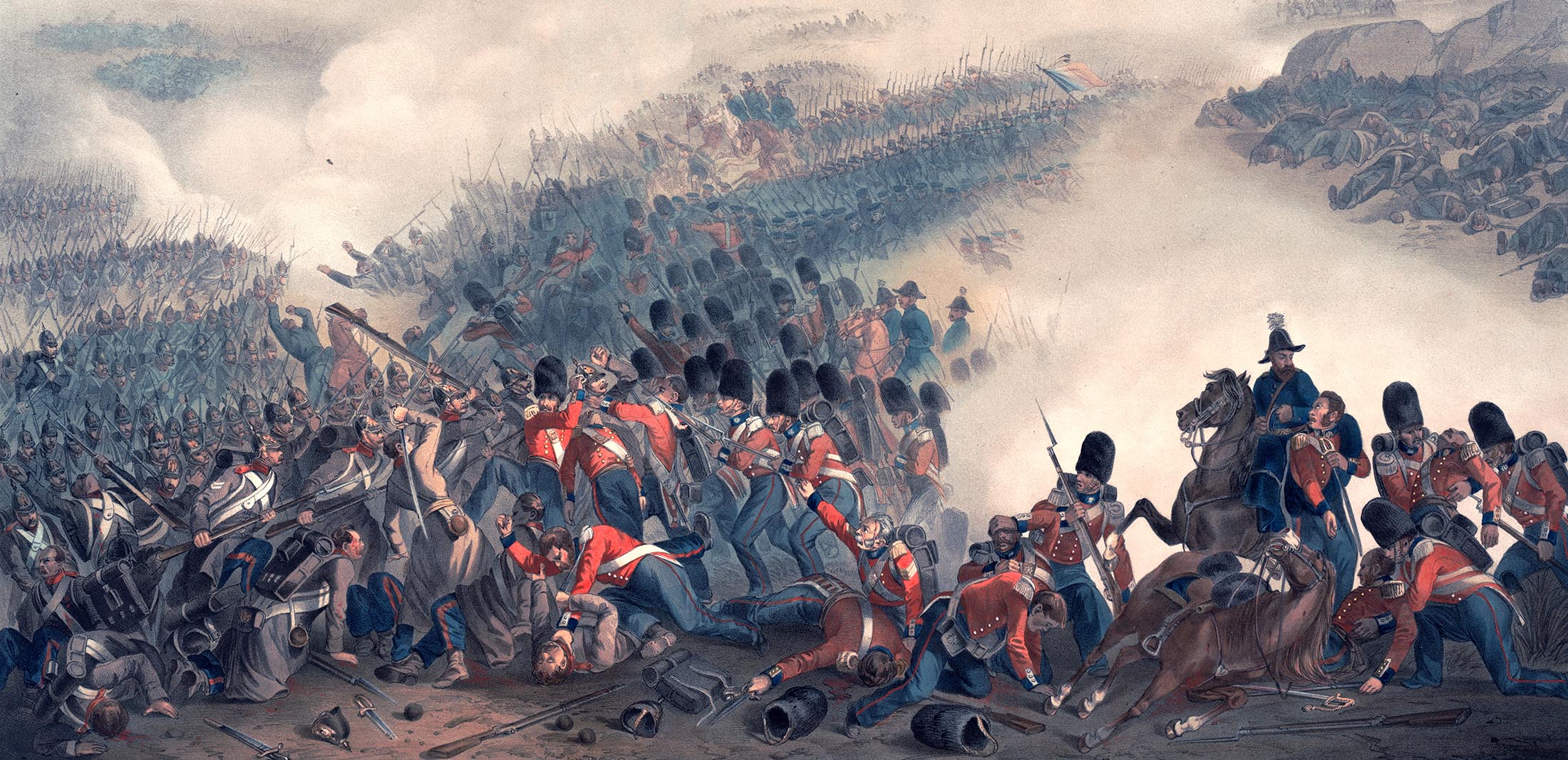
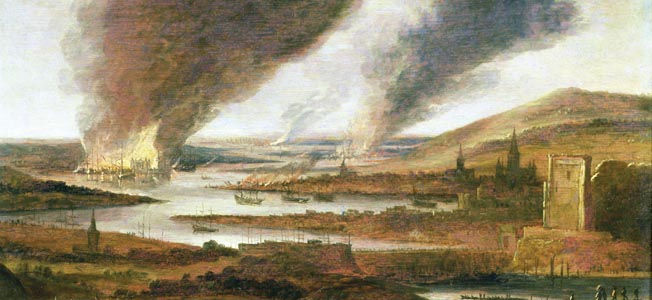
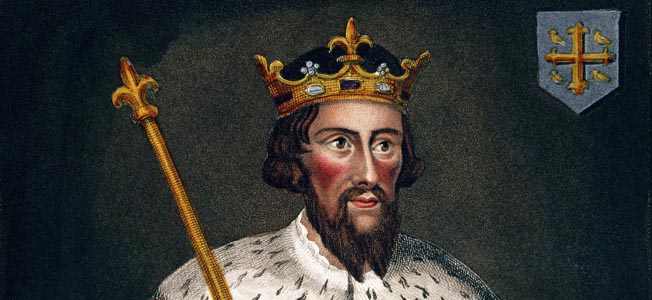
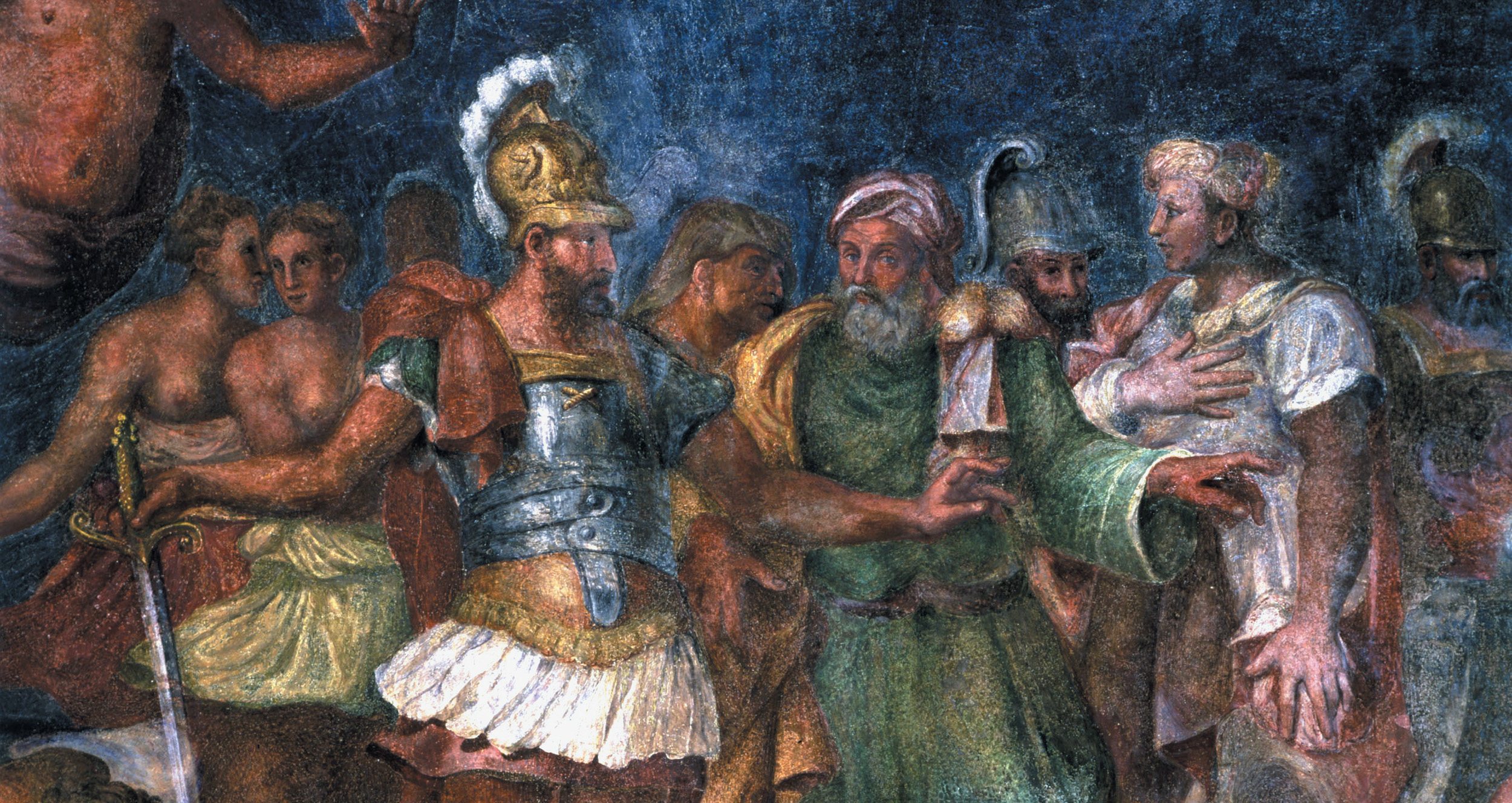
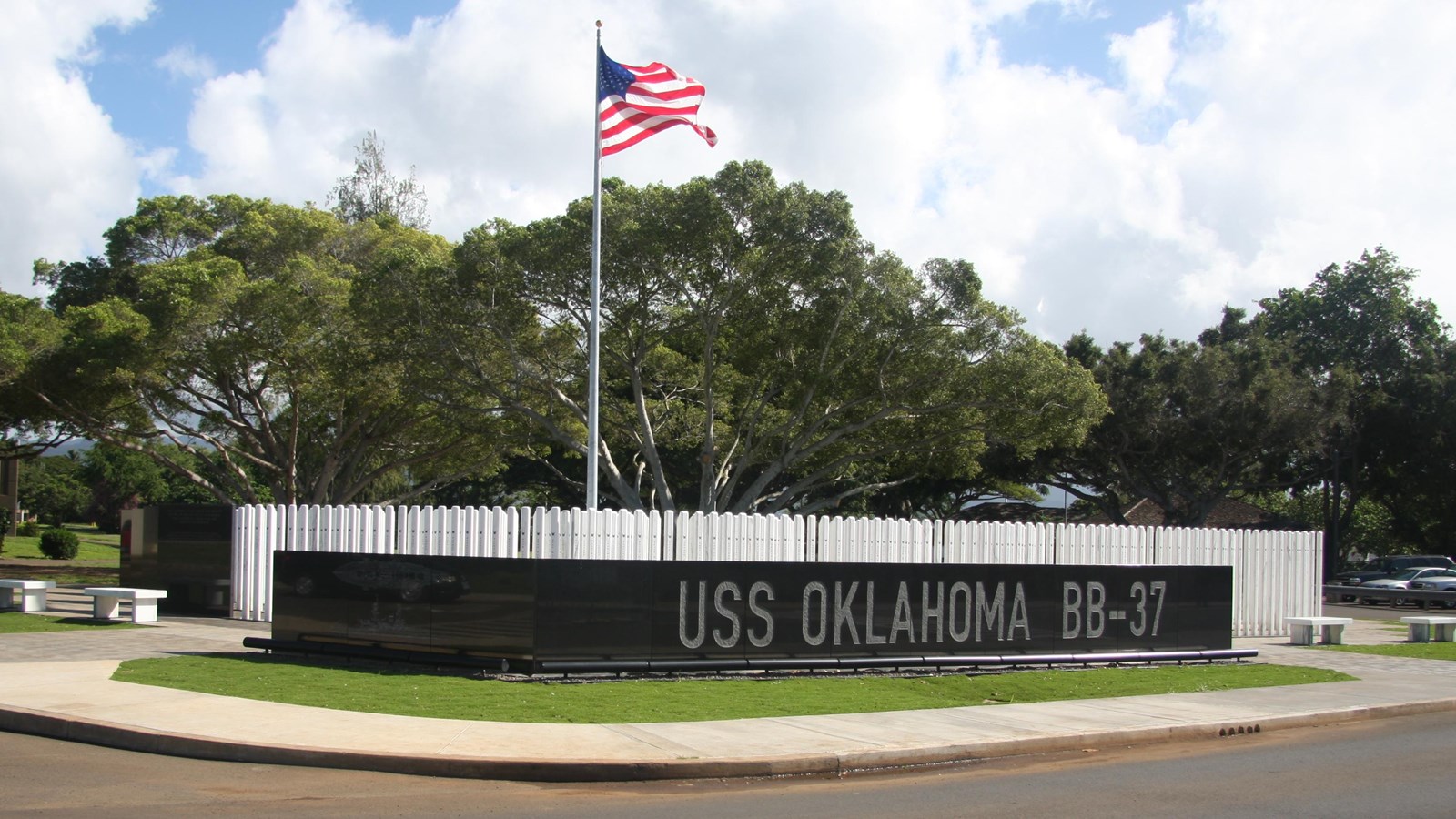
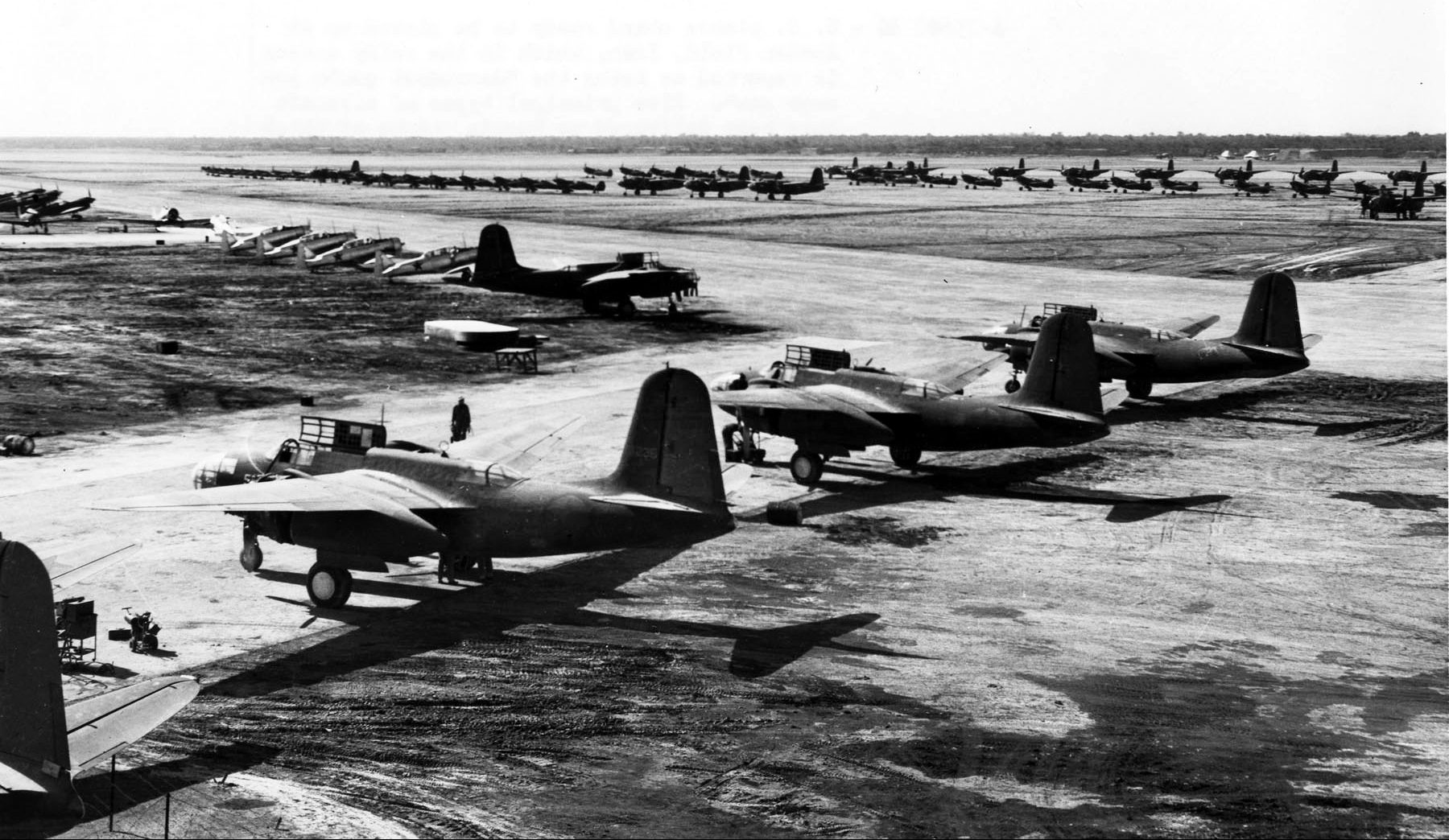
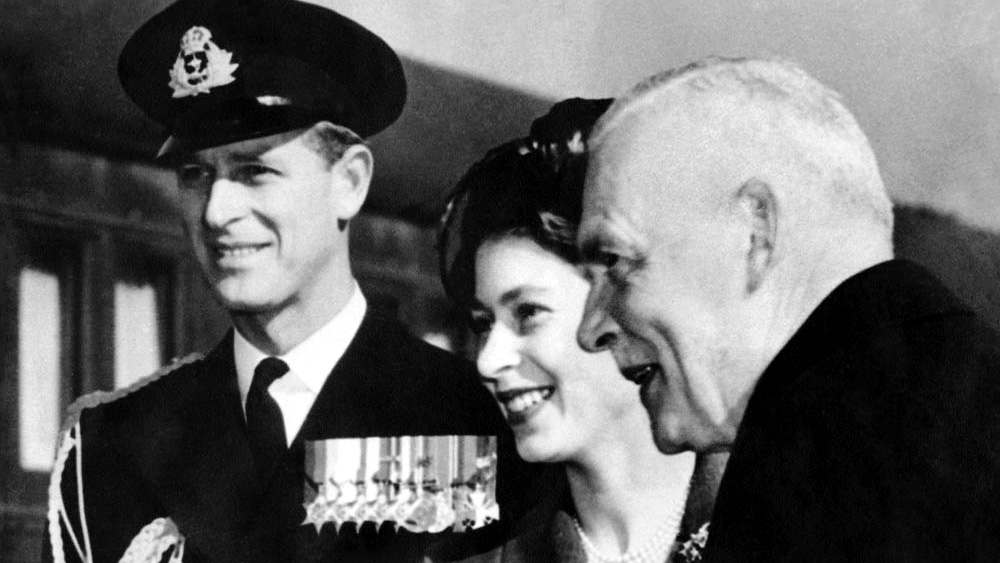
Join The Conversation
Comments
View All Comments